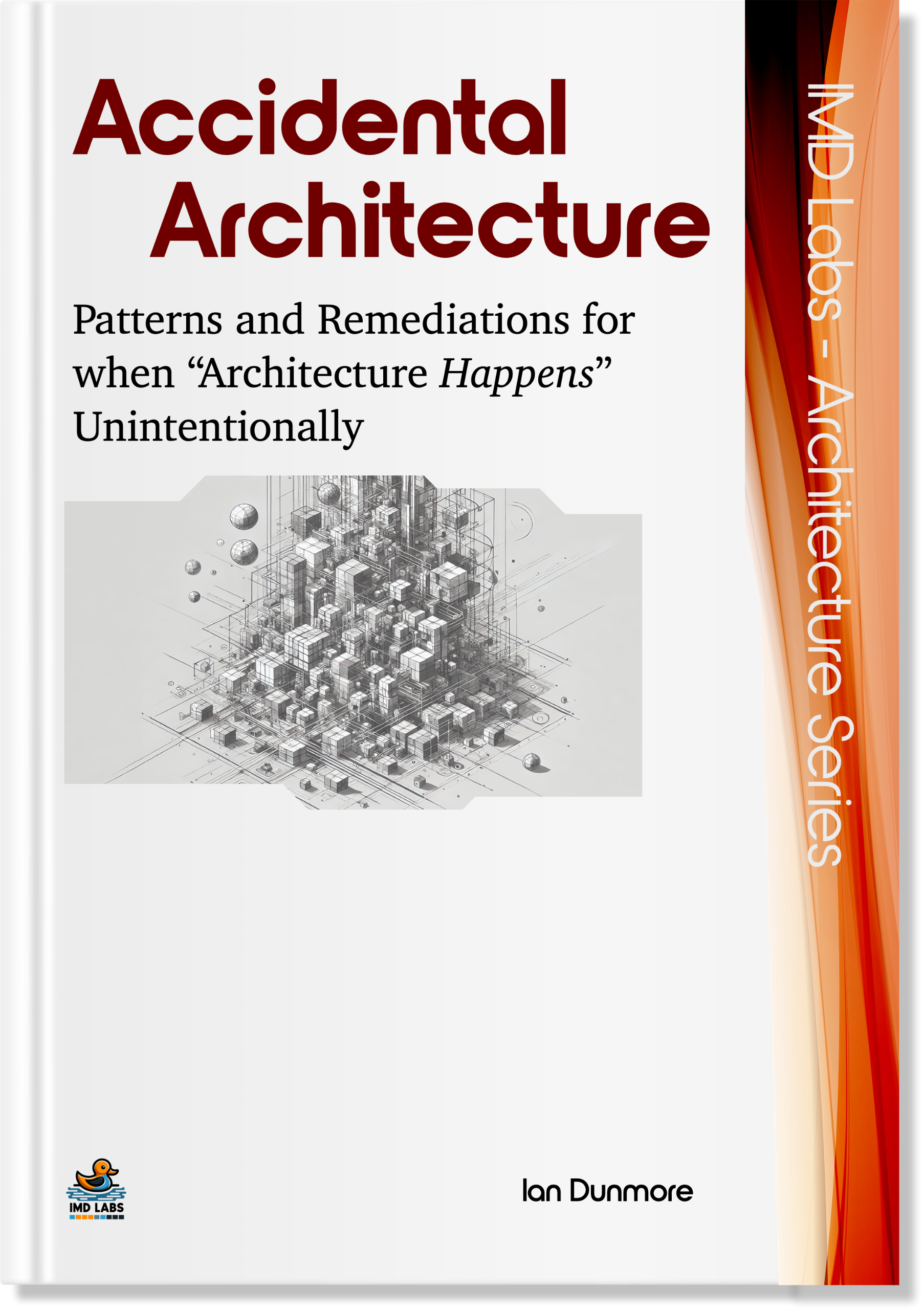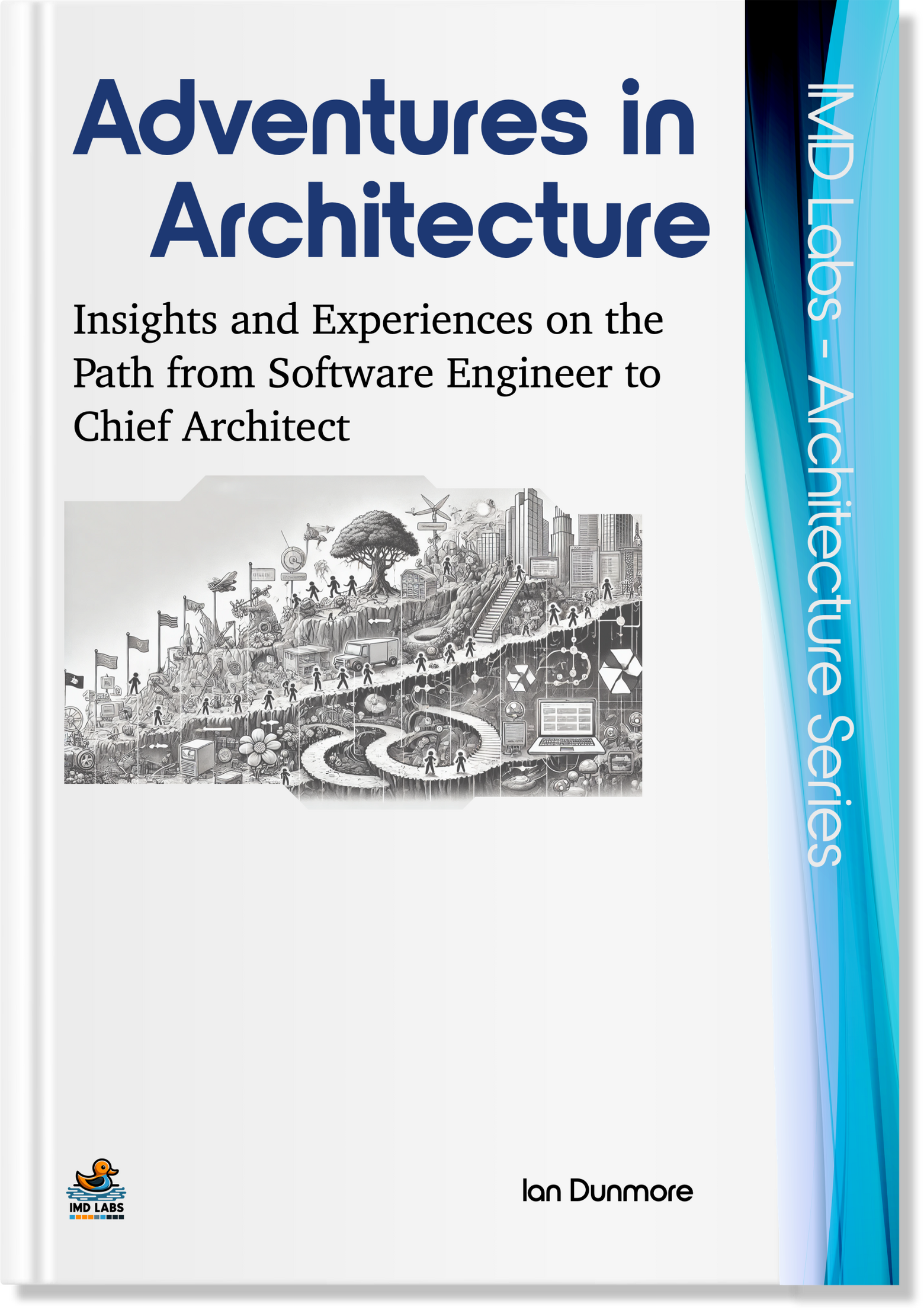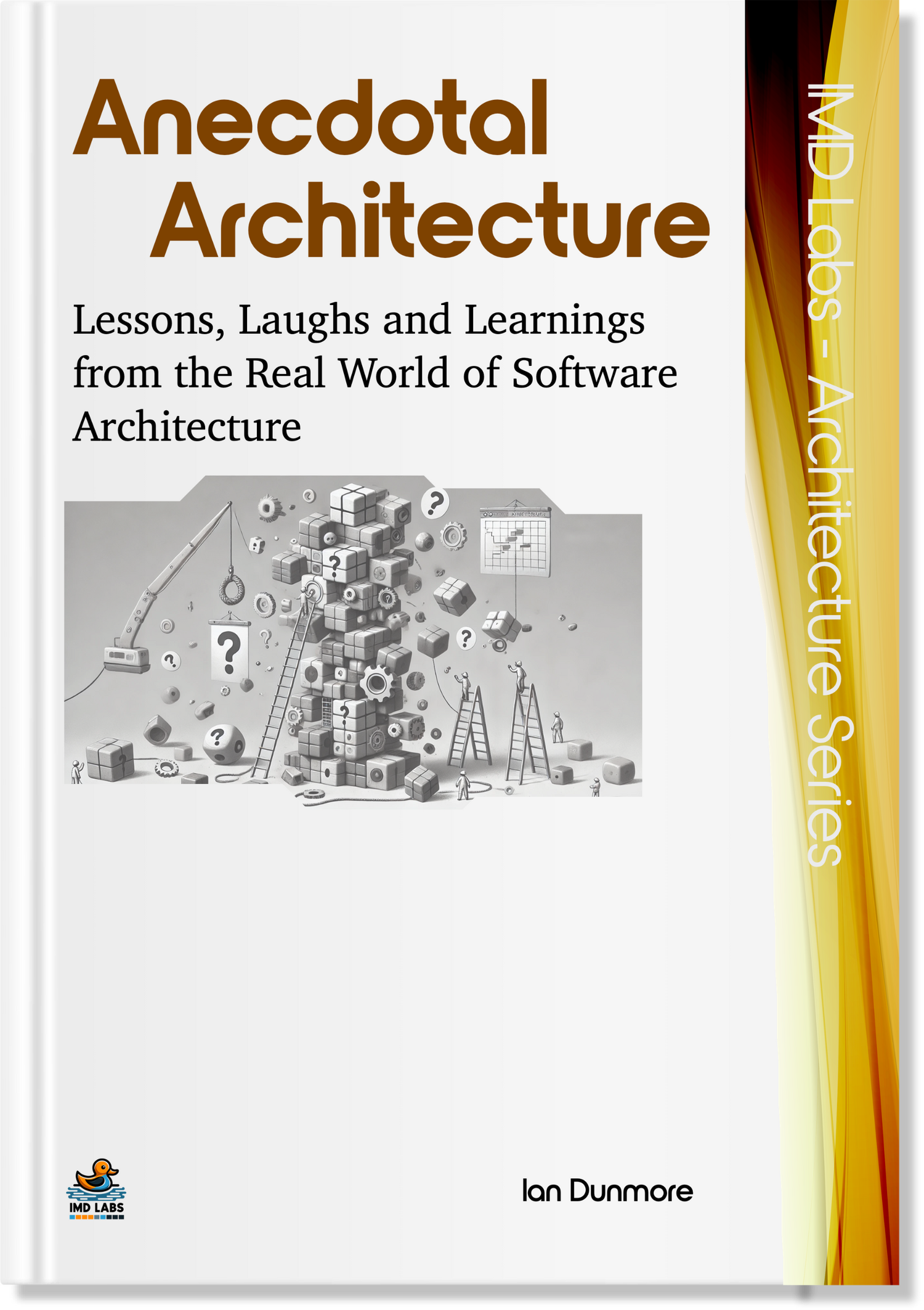
Appropriate Architecture advocates for a pragmatic, flexible approach to software architecture, emphasizing the importance of context and adaptability in achieving your "most appropriate" architecture.It discusses how to integrate various architectural styles, such as microservices and monoliths, to create robust, sustainable systems tailored to specific project needs.Appropriate Architecture provides actionable guidance for software architects, engineers, and decision-makers on making informed, context-driven decisions, balancing architectural elegance and practicality, and prioritizing long-term value.
Get a free digital copy upon release (first 100 sign ups).

Summary
In an era where technology evolves at an unprecedented pace, the one-size-fits-all approach to software architecture has proven inadequate. Appropriate Architecture is a groundbreaking exploration of how to design systems that balance the nuances of real-world constraints, the unique demands of business objectives, and the rapidly changing landscape of technology. Rejecting the rigid dogmas of “Ivory Tower” and "one-size-fits-all" architectures, this book champions a pragmatic, flexible approach—one that embraces a blend of architectural styles to create solutions that are not just functional but optimal.Through a deep dive into the principles of architectural pragmatism, the book highlights the importance of context and adaptability in software design. It explores how architects can selectively draw from established patterns—microservices, event-driven architectures, monoliths, and more—combining them into cohesive systems that meet the specific needs of a project. With real-world examples and case studies, the author demonstrates how to strike the delicate balance between elegance and practicality, ensuring the resulting architecture is both robust and sustainable.Written for software architects, engineers, and decision-makers, Appropriate Architecture challenges the notion of architectural purity. It provides actionable guidance on identifying trade-offs, navigating organizational constraints, and fostering collaboration between stakeholders. Whether you are modernizing legacy systems, scaling enterprise platforms, or designing from scratch, this book will equip you with the tools to make informed, context-driven decisions that prioritize long-term value over fleeting trends.






